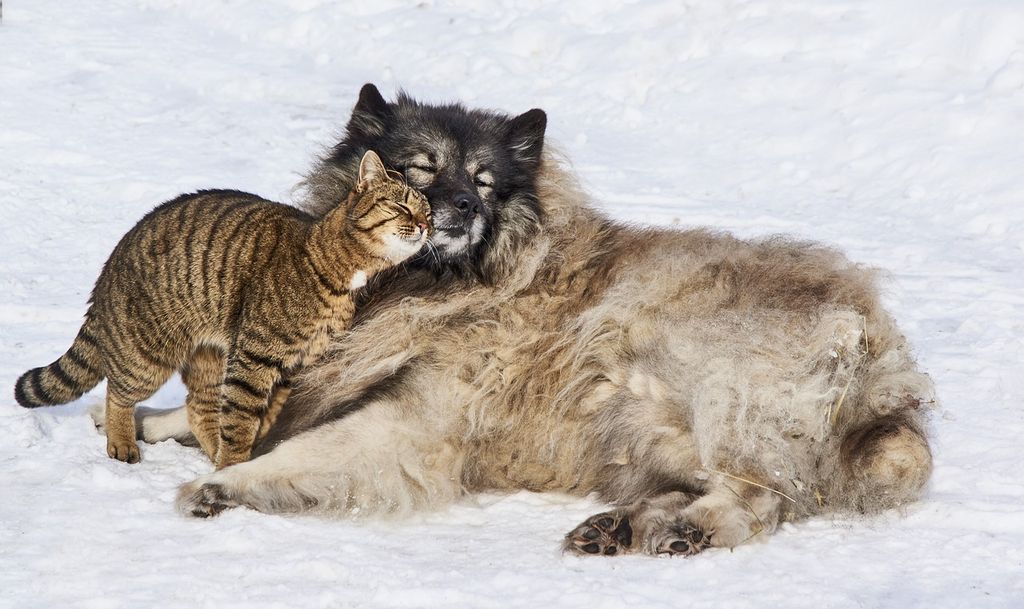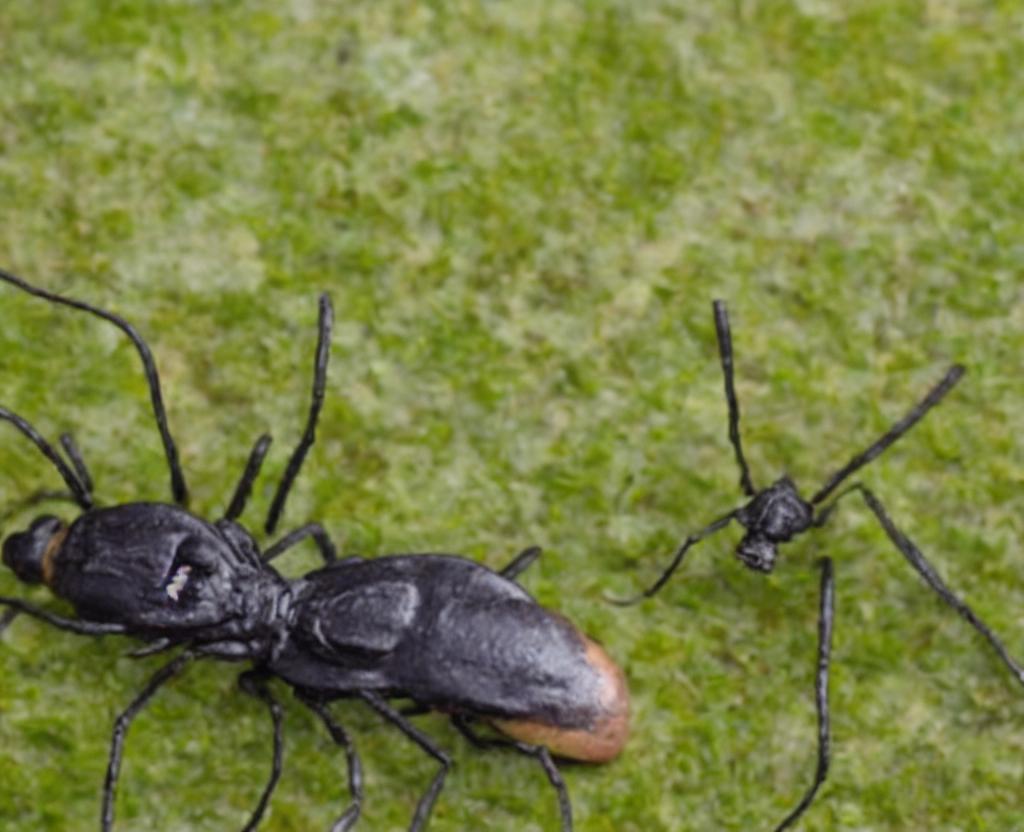
National Dolphin Day
Each year on April 14th, National Dolphin Day honors the aquatic's social and intelligent mammals of the water.
Dolphins are cetacean mammals that are closely related to whales and porpoises. Porpoises are a form of dolphins. Dolphins are one of nearly 40 species in 17 genera, ranging in size from 4 feet to 30 feet; dolphins are among nearly forty species in 17 genera. They are found around the world, preferring the shallower seas of the continental shelves.
As carnivores, most of their diet is made up of fish and squid.
- Male dolphin – bull
- Female dolphin – cow
- Young dolphin – calf
- Group of dolphins – school or pod – Group of dolphins – school or pod – group of dolphins. – Group of dolphins – school or pod
Affluent, quick, and social, swift, and intelligent, the social, swift, and cerebral
Dolphins have been known to have acute eyesight both inside and out of the water. They also have a keen sense of touch, with free nerve endings densely packed in the skin. Since they have such acute hearing, they can hear frequencies ten times or more than adult humans can. Dolphins are also capable of making a variety of sounds with nasal air sacs attached just below the blowhole.
They live in pods of up to a dozen dolphins and are extremely social animals. Pods do merge in areas of food deficiency, resulting in superpods. These pods can hold over 1,000 dolphins. Dolphins can and do establish strong links within their pods.. Even if one is injured or sick, they will continue to function, assisting them in breathing by bringing them to the surface if necessary.
Dolphins are seen regularly leaping over the water's surface, and you will see them leaping above the water's level. They do this for various reasons; when traveling, jumping saves them electricity because there is less friction when in the air. Their leaps also have a term called porpoising... Jumping is also explained by orientation, social representation, combat, non-verbal communication, entertainment, and the attempt to capture parasites.
A research by the United States National Marine Mammal Foundation revealed that dolphins, like humans, have a natural form of type 2 diabetes. Both humans and dolphins can benefit from a better understanding of the disease and new treatments.
How to celebrate #nationaldolphinday
- Find out more about dolphins, their habitats, and how they live
- Watch a dolphin documentary on dolphins...
- Share your knowledge of dolphins with others, too!
- The Dolphin Day coloring page is available to download and print
- To post on social media, use the hashtag #NationalDolphinDay
The national dolphin day celebrations have a long tradition in national dolphin day celebrations.
National Dolphin Day is listed as part of the American Veterinary Medical Association's Pet Health Awareness Programs.
Dolphin FAQ
Q. Do dolphins talk?
A. No, but they do communicate. Although they don't use words like humans do, they do make a variety of sounds with clicks and whistles. The clicks are part of a dolphin's echolocation device and aid them in navigating. They whistle when they whistle, they are in contact with other dolphins.
Q. How many dolphin species are there?
A. According to the World Wildlife Federation, 36 species of dolphins populate the world's waterways.
Q. Is dolphins live in fresh or saltwater?
A. Dolphins live in both fresh and saltwater.






